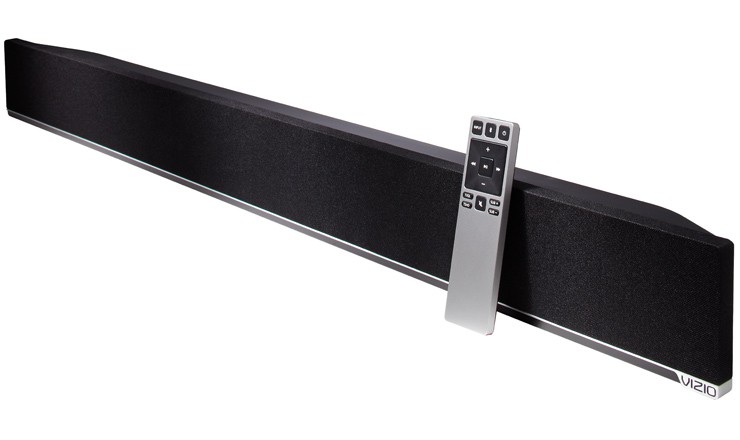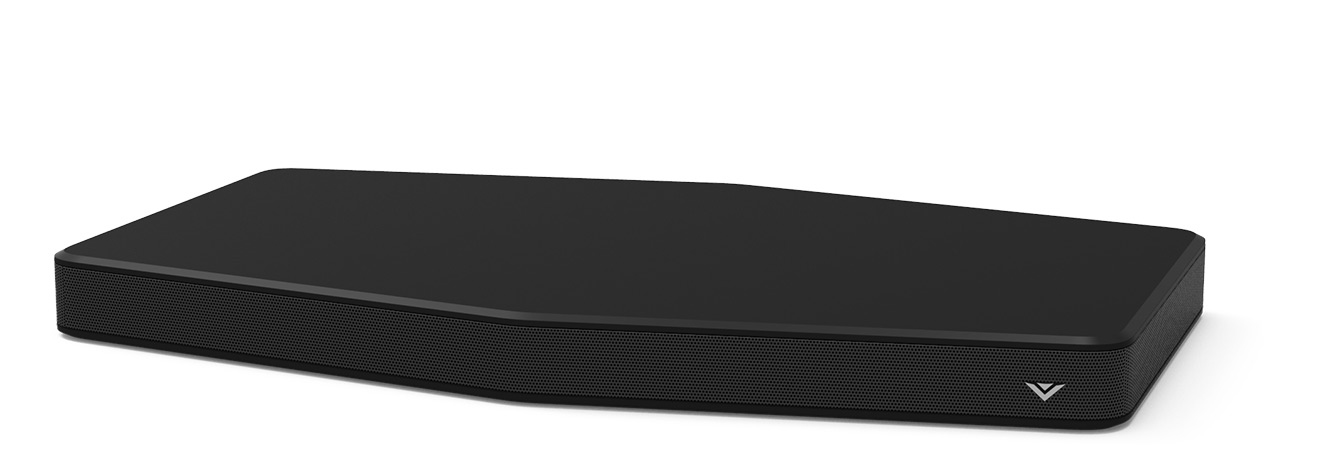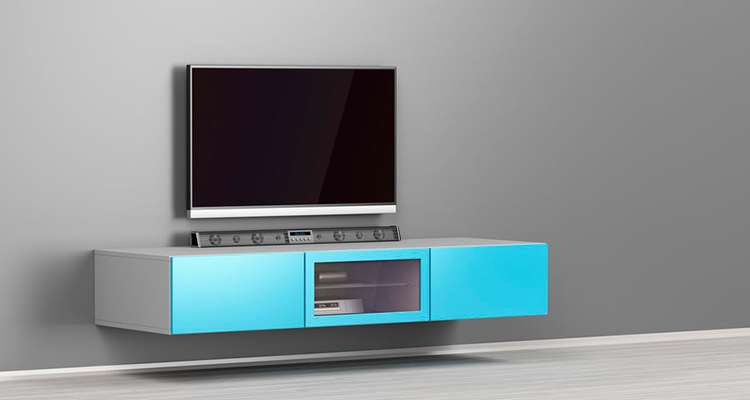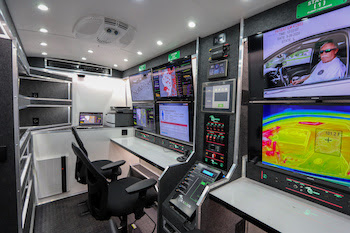AV Phenom’s Test Lab- Sound Bar vs. Sound Stand
 For those of you who don’t know me well, my career in AV actually started out on the residential side of the business. I worked for an integrator in Arizona that did structured wiring, central vacuum, security, and audiovisual systems for home builders like DR Horton, Shea Homes, and Toll Brothers and some custom homes here and there as well.
For those of you who don’t know me well, my career in AV actually started out on the residential side of the business. I worked for an integrator in Arizona that did structured wiring, central vacuum, security, and audiovisual systems for home builders like DR Horton, Shea Homes, and Toll Brothers and some custom homes here and there as well.
As such, I designed literally thousands of home technology layouts, many in the entry to mid-level range. When a new piece of equipment would arrive, I’d typically go grab the box from the warehouse, take it out into the showroom, and then open and examine it, as well as run it through some paces to see how it worked.
This allowed me to better support phone calls I’d get from clients about how their system worked or to troubleshoot problems in operation over the phone without having to roll a service truck out to their residence every time.
Now that I work for a manufacturer, I often get demo products to demonstrate for my dealers, but they are mechanical products and are not electronic in nature.
For this reason, when I had the opportunity to compare a couple products in my home, I jumped at it!
I haven’t had a surround sound system in quite some time. I used to have a 5.1 system from Monitor Audio that I loved, although I was never able to graduate from my Yamaha audio video receiver into the NAD Master Series separates I had my eye on to drive them properly. In fact, I didn’t even get a flat panel TV until about 18 months ago. I was still rocking SD cable on my 36″ Sony Wega CRT (I still miss the black level and lack of jutter on that set actually).
One thing that was apparent as soon as I hooked up my 55″ Samsung LCD was that I needed a sound bar. The two minuscule, down firing drivers at the bottom of the Samsung display leave more than a little to be desired.
Having 3 school aged children and all the financial obligations that come with them, I wasn’t going to go all out on a new surround system. Instead I picked up a simple Vizio 2.0 sound bar for under $100. My TV isn’t currently mounted on the wall, (I know, I know) because I rent a home. The wall the TV is on is stencil painted and would be hard to restore later, so it is setting on a small TV console that holds the X-Box 360, satellite receiver, and cable modem.
The sound bar was sitting in front of the TV itself, and is narrow enough as not obstruct the lower portion of the TV. Our Kinect sensor however had to be placed behind it, in between the TV and the sound bar, and then re-positioned whenever the kids wanted to use it for gaming. It was a minor inconvenience at worst.
The Vizio sound bar was a huge step up from the on-board display speakers and we were happy with it for the most part.
Then, I had someone give me a Vizio sound stand to evaluate. If you haven’t seen the sound stand, it is a pizza box-esque audio device with drivers on an angle in the front, and sound drivers that wrap around the sides perpendicular to the display as well. It is made for a display up to 60 lbs to set ON TOP of it. That in itself freed our Kinect sensor back up, and allowed it to abandon its nomadic ways of the past few months. However, in comparing the two devices side by side, I found I liked the sound stand better than the sound bar for several reasons.
For reference, the sound bar in question is the Vizio S3820 and the sound stand is the S2520.
Aesthetics
Obviously, my set up with the sound bar as I described above was less than ideal. A great on wall mount with a sound bar adapter really could have cleaned that up, (I wonder who makes one of those?) but in my case wasn’t practical. Having the sound stand beneath the display gives a more finished and thoughtful finished look.
Space
My sound bar was much taller and wider than the sound stand I have currently. The sound stand model I’m using is only 2″ high, (previous versions were 3″ high and looked much boxier) so it changes the viewing height of the display very little while giving me a platform for my Kinect sensor as well.
Features
The sound stand has all the same connectivity as the sound bar we were using. Analog, digital SPDIF, optical TOSLINK connections, and Bluetooth connectivity are all there. I did note however while switching cabling to compare the sound bar and the sound stand in an A/B scenario, that it is easier to connect the sound stand before the display is on top of it. The access to the connections is recessed and hard to reach when it is laying flat on a piece of furniture.
Sound
Amazingly enough, despite the smaller drivers in the sound stand, I liked the quality of sound better. I played some Diana Krall as well as scene 28 from Star Wars Episode II where Obi Wan and Jango Fett duke it out in the asteroid belt. The sound bar definitely had the ability to reach higher volumes, I’ll give it that. (It actually seemed to be a more dramatic difference than the 98db to 95db specs for the two would indicate). However, the voice, effects, and background music seemed much more muddled through the sound bar. The sound stand had better separation, and created more spatial effects, most likely due to the positioning of the drivers at different angles, and not all on the same plane as in the sound bar.
The sound stand also has smaller steps in volume between levels, which makes it more enjoyable as well. I often felt that when using the sound bar that the current volume level was too low, but the level up was then too loud.
The sound stand also had better bass response, despite it’s smaller drivers. The sound stand adds volume to the enclosure itself and is ported at the back to help move some air. I know that if I was testing 2.1 systems with powered subwoofers, this would not be as noticeable, but in my scenario, the sound stand had a clear low end advantage.
Finally, for music on the lower level of the home, the sound stand filled the rooms more, again because the rest of my home is adjacent to the family room, and not in line with the path of sound from the display. The angled drivers assisted in that as well.
At the end of the day, I think the sound stand has a street price of under $120, and the sound bar about $80. They are both entry level components, but given the delta in experience, the incremental cost is a great value.
I hope to get more opportunities to compare products in the residential and commercial spaces going forward, as it really took me back 13 years, which at my age, is always welcomed 🙂







